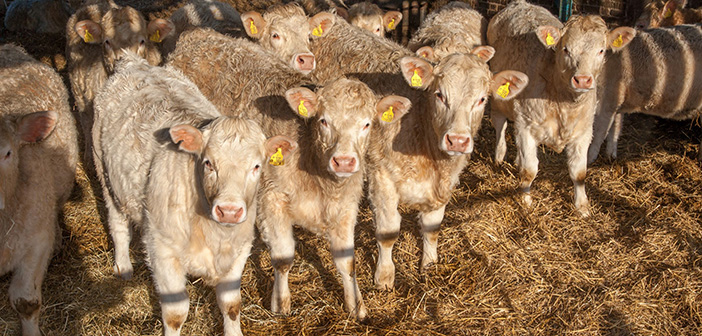SQPs advising beef producers are being urged by Boehringer Ingelheim Animal Health to consider liver fluke control in growing youngstock at housing, as new research showed average lifetime losses of over £60 per animal for fattening steers with fluke infections.
Sioned, Boehringer Ingelheim’s ruminant technical manager, explained that although liver fluke infections rarely cause acute disease in cattle, chronic infections can impair feed conversion ratios, growth rates, and can also reduce carcase quality.
She said: “The financial and production impact of liver fluke should not be underestimated. Recent abattoir research in Ireland, published this year, has shown that a fattening steer with fluke infection will put on 36kg less live weight gain over its lifetime versus a healthy steer, costing the producer around £63, per animal.
“Additionally, analysis of data from cattle at a Scottish abattoir showed that animals with one to 10 liver fluke present in their liver took an average 31 days longer to reach slaughter weight, while animals with more than 10 liver fluke present took an additional 77 days longer to reach slaughter weight versus animals without any liver fluke infection.”
Ms Timothy added: “Liver fluke infections can also lead to hormonal and metabolic imbalances, affecting reproduction in female animals and extending breeding targets3. Affected animals may also be more susceptible to secondary bacterial infections, such as Salmonella and Clostridial infections.”
With cattle being brought in for winter housing, this is an ideal opportunity to remove productivity-limiting parasites that were acquired during the grazing season. The main targets for parasite control at this time of year are gutworms, lungworm and liver fluke, however the specific risk will vary from farm to farm.
The choice of treatment for liver fluke at housing is complicated by emerging resistance to triclabendazole. This is the only flukicide that treats the early immature stage of liver fluke, responsible for acute disease in sheep but not of clinical relevance in cattle.
“Supplying an alternative flukicide for cattle at housing will reduce selection for resistance and, by targeting the later stages of the parasite, control the impact of liver fluke on productivity,” said Ms Timothy.


